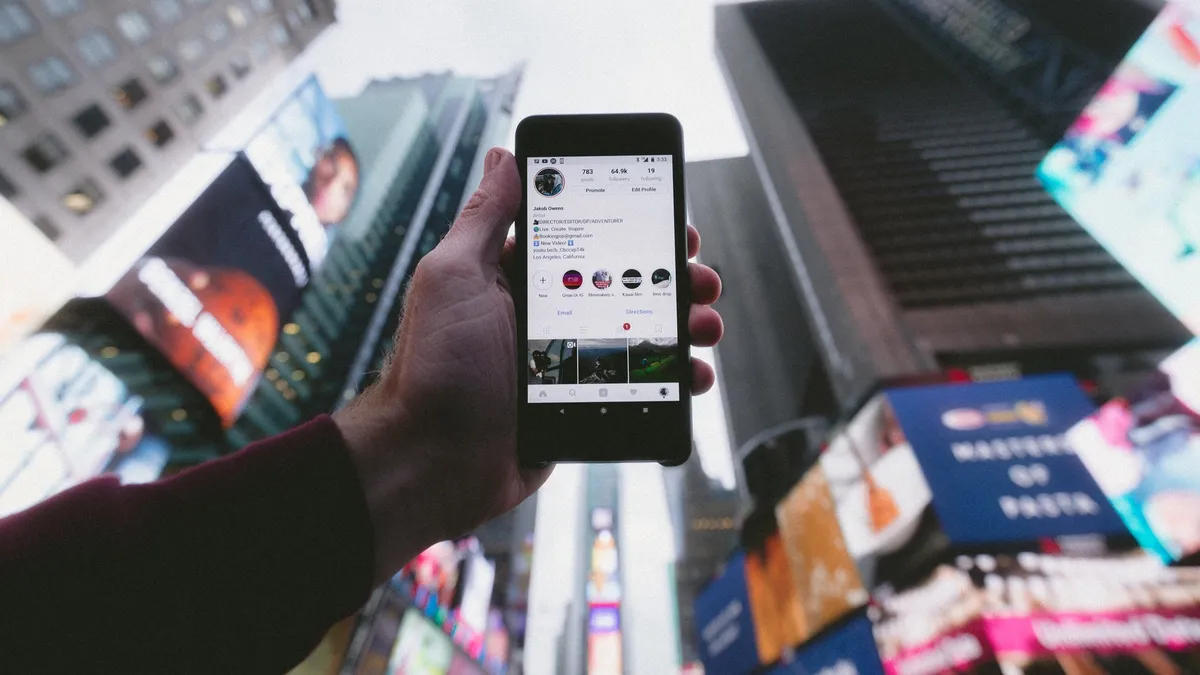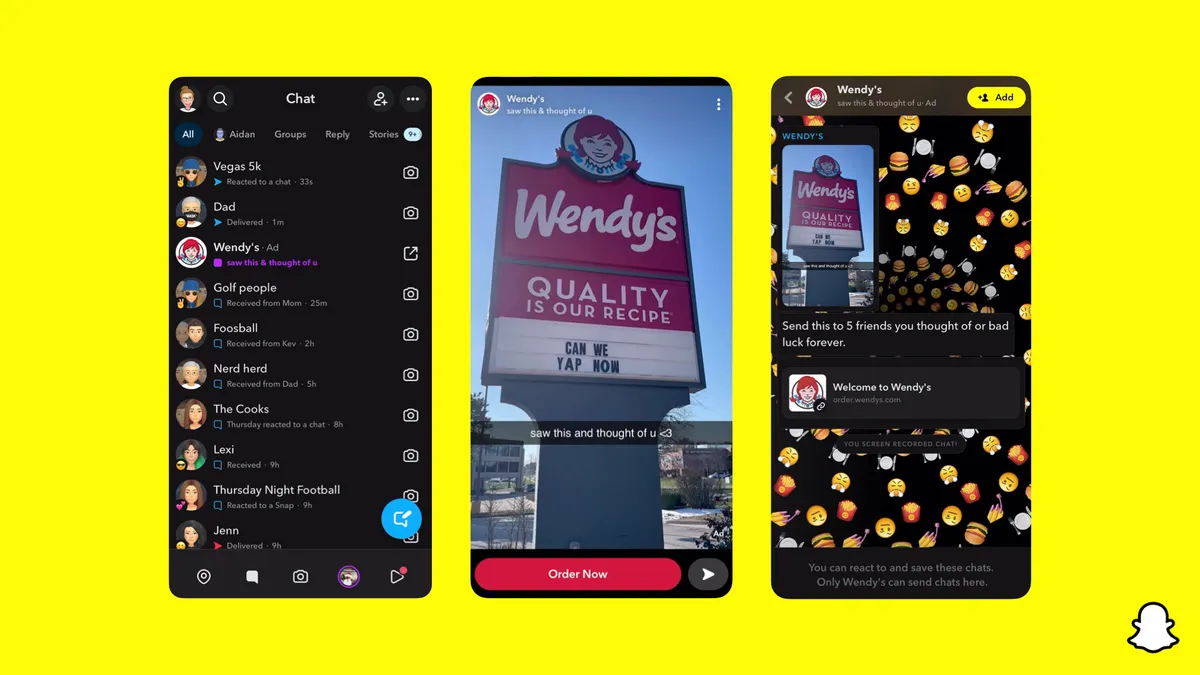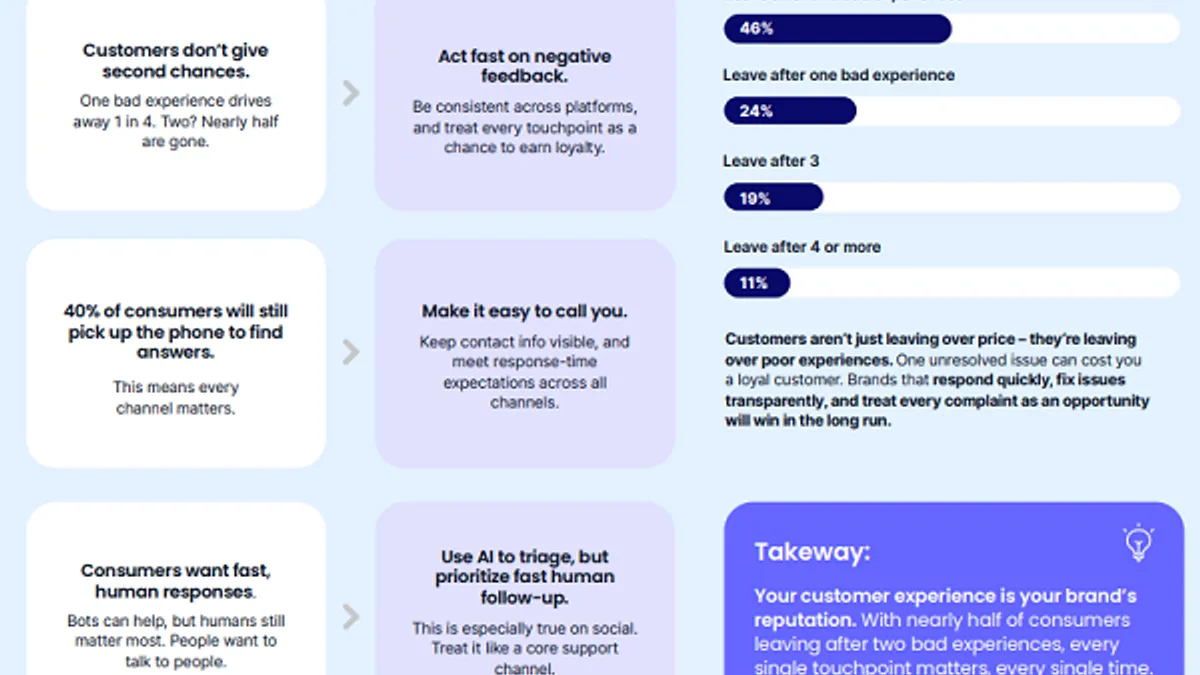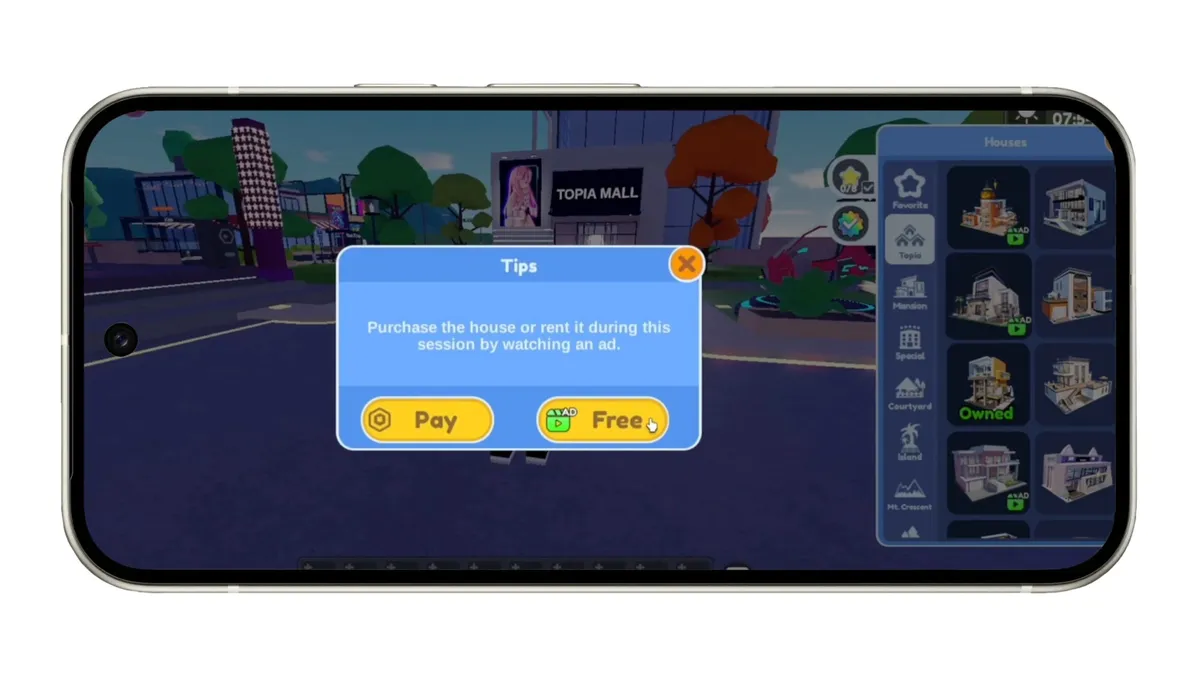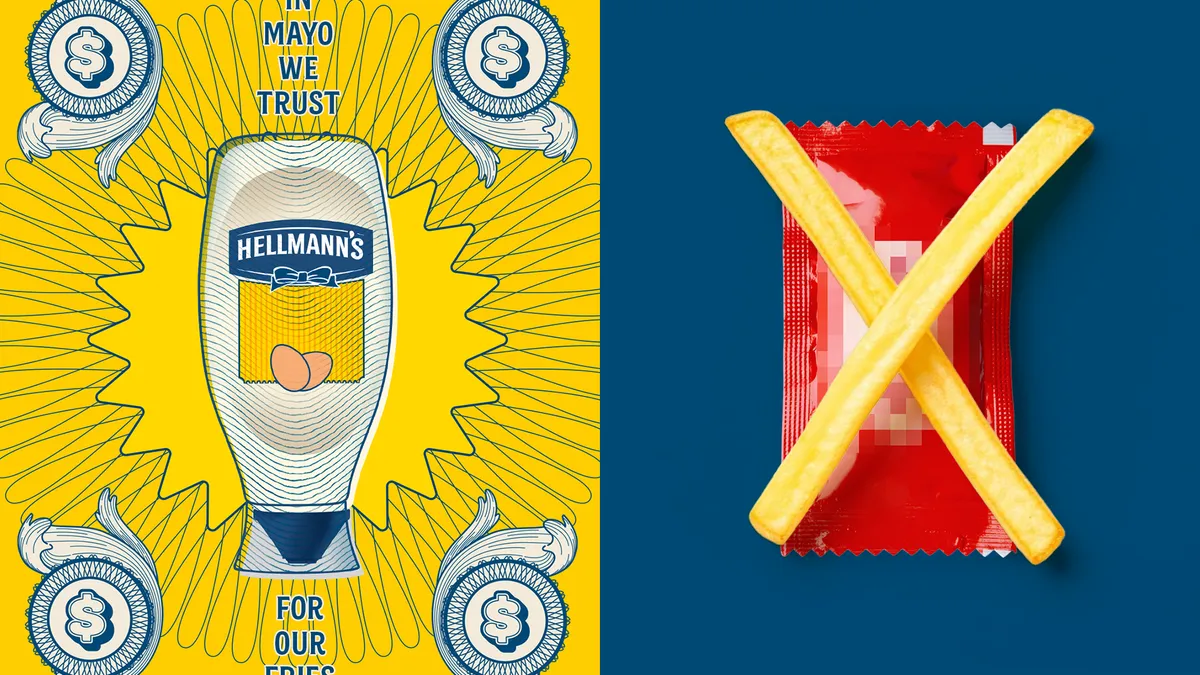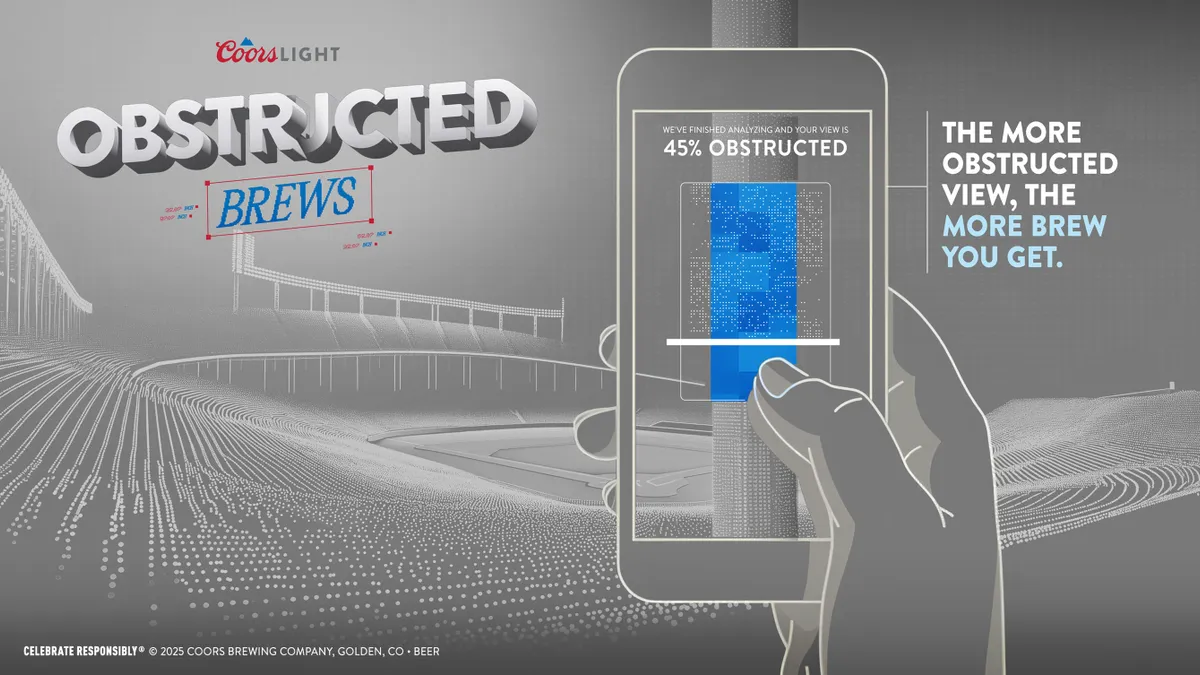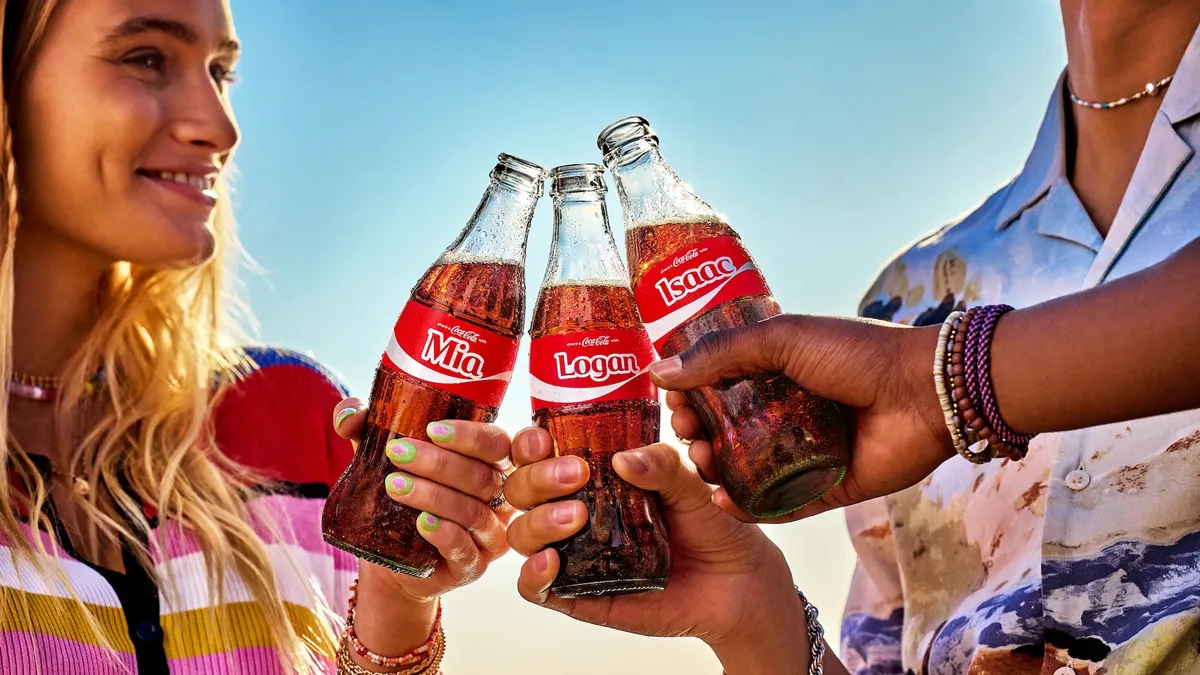The exponential growth of video consumption has made it a tantalizing playground for viewers, creators and brands, and it will only grow more essential as the digital landscape continues to shift and as marketers experiment with the format to spark brand affinity and creatively engage ad-fatigued consumers.
The number of online video viewers is set to pass 200 million this year, driving spending on video advertising from $91 billion this year to more than $100 billion by 2023, Forrester forecasts. But to make sure these billions of dollars aren't wasted, marketers will have to adapt to several challenges, often at the same time. During Advertising Week, these challenges — from how to leverage Instagram's IGTV and shoppable video, to courting Generation Z and tackling cross-platform video — were the subject of many panel discussions. Here are some of the major takeaways from the week's events.
Instagram's battle for the popular vote
The June kickoff of Instagram's standalone video app, IGTV, comes as social media companies look to expand their functionality beyond core uses of connecting with friends. Now standing on the shoulders of Facebook — the social media giant owns Instagram — IGTV has the chance to tap into the social network's 2.2 billion users and Instagram's 1 billion to potentially vie with YouTube in a battle for audience eyes and ad dollars.
In an "IGTV versus YouTube" discussion that coincided with the end of Advertising Week, video experts from MediaRadar, iProspect, Goldman Sachs and Reprise Digital compared the two platforms and deemed it hardly a battle of equals, despite YouTube's vulnerable state from brand safety blunders this year.
Most of the panelists agreed that Google-owned YouTube is still the clear winner when it comes to video platforms, due to its name recognition, efficiency in addressing brand safety concerns, discoverability via Google search and track record of success around longer-form content. For brands that don't yet have strong content or a strategic video playbook, however, IGTV makes more sense for experimentation.
"If a brand is struggling with their messaging, then [IGTV] is best for them because they can experiment with different brand messages and see how their consumers respond."

Brittany Richter
U.S. head of social media, iProspect
"If a brand is struggling with their messaging, then [IGTV] is best for them because they can experiment with different brand messages and see how their consumers respond," said Brittany Richter, iProspect's U.S. head of social media.
Early on, established brands like National Geographic, Bacardi and Mercedes-Benz were quick to dabble with IGTV as the standalone video app's novelty drew in curious viewers. Brands on the platform appear to be extending their reach to younger audiences by delivering unique content on platforms where those people already spend time online. High-profile users including Kim Kardashian West, Selena Gomez, Lele Pons and Instagram-famous dog Jiffpom tested IGTV at launch, illustrating Richter's argument that Instagram and IGTV are designed for influencers — and brands that use influencers — more than other platforms.
While panelists said they've yet to see creators flock from YouTube to IGTV, Instagram's emphasis on mobile gives the new platform a leg up, as younger audiences continue to shift their viewing habits to mobile devices from TVs with a cable connection.
If YouTube wants to continue to win the popular vote among video platforms, Wavemaker's managing partner Noah Mallin urges that "it needs to get more mobile. It's still stuck in its desktop roots."
Marrying data and personalization with shoppable video
"I think many CPG companies are struggling. Loyalty is fleeting and we're seeing the collapse of the purchase funnel," Lisa Mathison, Conagra Brands' senior director of media, said during an Advertising Week session. "We've got to change our marketing model to meet these new behaviors."
For Conagra, those new behaviors have led the company to embrace shoppable video. To promote snack brands Slim Jim, David Seeds and Orville Redenbacher popcorn, Conagra teamed with Innovid to create and test how interactive videos compare to standard pre-roll through an animated overlay on desktop and a full canvas ad that wrapped around a video on mobile. The mobile version led to a 39% higher click-through rate, and the desktop version saw a 22% lift in video completion rate, according to Innovid research.
"We've got to change our marketing model to meet these new behaviors."

Lisa Mathison
Senior director of media, Conagra Brands
L'Oréal faced similar challenges and wanted to both drive customers to brick-and-mortar locations and boost web traffic through digital video. The company teamed with Innvoid to create 2,000 video versions across four Giorgio Armani campaigns that featured retailers Macy's, Sephora and Ulta. The videos used data-driven overlays to highlight the nearest store and pushed viewers to click-through to the retailer's website. L'Oréal saw double-digit growth in CTR, Innovid found.
Cotton Inc. has also seen success with shoppable video campaigns. Last year's Bloomingdale's 60-second fashion show, which let viewers of a minute-long clip of a runway show buy featured items via desktop or mobile, saw a 16% engagement rate, outpacing the industry average of 6.67%. The research and marketing organization for cotton has also seen early success with its Fashion Delivered campaign, an Amazon video experience that pairs a long-format video of a runway show with a carousel of shoppable items that syncs with the video.
"With these unique experiences, especially shoppable video, we're able to see some exciting results," Marissa Di Mascio Barlin, director of Cotton's consumer marketing-strategic alliances department, said at the Mobile Marketing Association's Innovate conference that coincided with Advertising Week.
Reaching Gen Z
Unsurprisingly, how to engage Generation Z — the 67 million people born between 1995 and 2010 — was a hot topic at Advertising Week. The age group, which contributes more than $40 billion to the U.S. economy and influences more than 10 times that much, is expected to make up more purchasing power than any other generation in the coming years. How to reach and harness that buying power is a concern of nearly every marketer.
"This is a generation that values choice and flexibility more than prior generations, and they're choosing brands, products and services that offer them choice and flexibility," said Hulu CMO Kelly Campbell during an Advertising Week session.
Campbell explained how Hulu's ad-supported and ad-free options put the decision of how to pay for the streaming platform in the hands of consumers, but that isn't the only way marketers can reach younger viewers on the platform.
"We can get really creative with brands to reach their consumers," Campbell said, pointing to a recent partnership with Lyft around Hulu's "Marvel's Runaways" series. After noticing that the Gen Z cast was arriving to work via the ride-hailing service, Hulu worked to integrate Lyft into the show in an organic way.
"I think we'll see more of those unique experiences and unique integrations [moving forward]," she said.
"Brands need new ways to get their product across, and storytelling is going to be that way that happens."

Nancy Dubuc
CEO, Vice Media
No stranger to unique experiences and integrations is Vice Media, a pioneer in the branded content and branded entertainment space.
"Brands need to learn to tell stories about their products," CEO Nancy Dubuc said during the same session as Campbell.
"Ad avoidance is only going to grow, and the traditional 15-,30- and 60-second spot is going to evolve. Brands need new ways to get their product across, and storytelling is going to be that way that happens," she said, adding that this is especially true among Gen Zers who are particularly averse to traditional advertising.
Challenges with cross-platform
As ad spending on online video and streaming TV increases, marketers continue to face challenges as they adapt content for different screens, such as TV, desktop, mobile and OTT.
"The audience has different expectations for each platform," said Peter Kain, agency BBDO New York's executive creative director, said at a session during the conference.
Kain pointed to the difference between audiences accepting two minutes of ads during a football game versus the pushback YouTube received when it tested 30-second pre-roll spots. He advised marketers develop "platform-proof" ideas and to "take the idea and know the best way to reward the audience for their time."
"How do we plan that holistically without having a holistic view?"

Nadine Karp McHugh
SVP of omni media, L'Oréal USA
Having ideas that are platform-agnostic is increasingly essential. In the CPG market, there's been a 48% growth in data-driven video, a 76% bump in interactive video and a 28% increase in connected TV, new Innovid research shows. And while these platforms work — interactive video and connected TV drove 24% and 106% lifts in engagement, respectively, compared to desktop — they're often walled gardens where marketers don't have all the information needed to advertise effectively.
"If I had my way, there wouldn't be walled gardens. They'd open the gates to the garden so we could do true omnichannel planning," L'Oréal USA's Nadine Karp McHugh said at a session during Advertising Week. "How do we plan that holistically without having a holistic view?"




